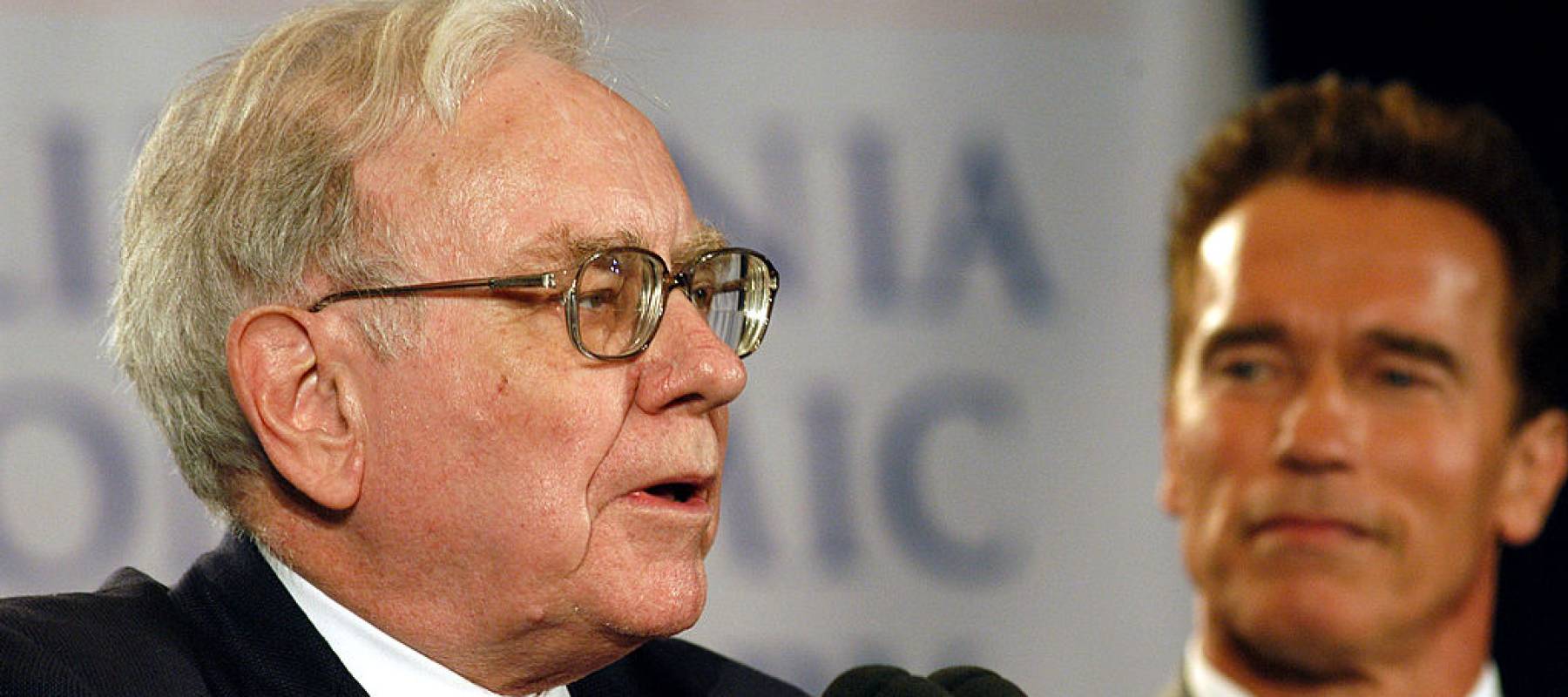Is there a gender pay gap in Canada?
Yes, like most countries, Canada has a gender pay gap, and it’s not always as extreme as in the tech industry.
On average, women were paid 11.1% less than men in 2021, according to Statistics Canada. Women between the age of 50 and 54 saw the highest pay gap at 14.1%. Those between the age of 20 and 24 saw the lowest gap at 5%, based on an intersectional breakdown.
In Canada, the gender pay gap is typically measured as the average difference in hourly wages for Canadian-born men and Canadian-born women as a percentage.
But the country-wide average only tells part of the story.
Factoring in things such as ethnicity or immigration status can deepen the pay gap even further. For example, Statistics Canada has found that immigrant women who came to Canada as adults make on average 20% less than a Canadian-born man.
What’s more, Canada’s progress in closing the gender pay gap since 2016 can be chalked up to three factors. Since 2016, Canada has seen a decline in the number of unionized men and increased educational attainment among women. The distribution of jobs by gender has also shuffled around leading to closer parity.
Unexpected vet bills don’t have to break the bank
Spot Pet Insurance offers coverage for treatment of accidents, illnesses, prescriptions drugs, emergency care and more.
Plus, their preventative care plan covers things like routine check-ups, microchip implantation, and vaccinations, if you want to give your pet the all-star treatment while you protect your bank account.
Get A QuoteWhy is there a gender pay gap in Canada?
The gender pay gap comes from assumptions about an employee’s worth based on gender stereotypes.
Sometimes, the gender pay gap is the result of several factors— from societal expectations about work to more explicit or implicit discrimination. Gender stereotypes persist everywhere, including in Canada.
One example is the fatherhood premium and motherhood penalty, as identified by the Canadian Centre for Policy Alternatives (CCPA).
When a man becomes a father, he can see up to a 15% pay bump in the private sector and a 7% increase in the public sector, according to the report. This slight uptick can intensify existing differences in wages. This is especially true when mothers aren’t offered the same soft incentive. Women with children tend to see a slight decline in wages in the private sector (down 0.5%) and a slight bump in the public sector (up 1.3%).
The CCPA’s report notes that this kind of pay bump ties into preconceptions about fathers being the providers in a family unit.
The gender pay gap: Which provinces come out on top?
Some provinces are better than others when it comes to the gender pay gap in Canada.
Leading the charge is Prince Edward Island at an average of 0.99 cents to the dollar. Meanwhile Alberta ranks in last places at 0.82 cents to the dollar.
Check out the full breakdown of provincial averages below:
- Newfoundland and Labrador: 0.84 cents
- Prince Edward Island: 0.99 cents
- Nova Scotia: 0.91cents
- New Brunswick: 0.93 cents
- Quebec: 0.91 cents
- Ontario: 0.87 cents
- Manitoba: 0.92 cents
- Saskatchewan: 0.88 cents
- Alberta: 0.82 cents
- British Columbia: 0.87 cents
This data was compiled using labour force survey responses during 2024. Although Statistics Canada regularly gathers data on the pay gap, the last analytical article summarizing the history of Canada’s wage gap using long form census data was published in 2021.
Finally, note that Canadian territories were excluded by Statistics Canada due to statistical uncertainty, and different research methodology compared to the provinces.
Canada’s top credit cards—find your perfect match!
Maximize rewards, save on interest, or earn cash back. Compare the best credit cards in Canada and pick the one that works for you!
Find Your Card NowThe gender pay gap: Public or private sector?
The gender pay gap in Canada also tends to be greater in the private sector versus the public sector, but it’s not all bad news.
Some of Canada’s best pay gap progress has been made in the public service. The wage gap has been effectively closed for public servants making between $20 and $30 per hour, according to the CCPA.
However, part of the reason for this is that the Canadian civil service limits the number of high paying positions. This means that top talent is paid less than their private sector counterparts, which creates a floor for employees in lower wage brackets.
With that said, women in the public sector still make about 5% less than their male colleagues, on average. By comparison, the private sector sees women paid 9.7% less, based on the same CCPA report.
This gap is even wider in the private sector at the highest levels, like board directors and executive officers.
Between 2016 and 2020, women in these positions earned 38.8% less than their male counterparts, according to Statistics Canada. When accounting for a variable pay structure that includes bonuses this gap widened further to 55.5.
Canada’s gender pay gap: A global perspective
However, this isn’t the only way to look at the gender pay gap. Many international organizations see the gender pay gap as just one part of reaching parity between sexes.
For example, the World Economic Forum (WEF) uses an index where a result of one means total gender parity across four weighted categories: Economic participation and opportunity, educational attainment, health and survival and political empowerment. These sub indexes are in turn based on between 12 and 14 weighted indicators.
When taking all this into account Canada ranks 36th out of 146 countries, according to the World Economic Forum’s 2024 Global Gender Gap report.
Furthermore, Canada comes fourth among G7 countries:
- Germany: 7th at 0.810
- The United Kingdom: 14th at 0.789
- France: 22nd at 0.781
- Canada: 36th at 0.761
- The United States: 43rd at 0.747
- Italy: 87th at 0.703
- Japan: 118th at 0.663
When it comes to the gender pay gap the WEF’s 2024 report is slightly more critical compared to Statistics Canada. The WEF reported a median gender wage gap of 17.14%.
However, unlike Statistics Canada, the WEF uses the median hourly wage instead of the average.
The WEF report also uses employment data gathered from the Organization for Economic Co-operation and Development (OECD). Stats Can uses data from regular labour force surveys.
Conclusion
Overall, Canada has made good global progress in upping the number of educated women in the work.
But much of this progress has been made in wage-adjacent areas like increasing educational opportunities, or by truncating the top end of a pay spectrum like in the public service.
To reach a higher level of gender parity targeted interventions are needed, like examining discrepancies in executive level pay or in tech.
FAQs
What is Canada ranked in the gender pay gap?
Canada is ranked 33rd globally when it comes to economic participation and opportunity, according to reporting by the World Economic Forum in 2024. This places Canada in the top third of countries surveyed.
The economic participation and opportunity subindex is based on a series of weighted indicators, some of which paint a less optimistic picture of Canada’s global ranking.
For example, in terms of “wage equality for similar work” Canada ranks 48th and comes 44th on “estimated earned income.”
Canada gets a boost to its overall ranking in this subindex from the fact that most women in the country participate in the labour force and contribute just as much as men do as professional and technical workers.
What is the pay gap in Canada by salary?
The gender pay gap in Canada is typically calculated as the percentage of hourly wages a woman makes compared to a man.
In 2021, this gap came down to 11.1%. Another way to look at this is that for every dollar a Canadian-born man earns a woman will instead make 89 cents. This can then be mapped onto salaries.
Broadly speaking, we could then say that if a man makes $70,000 a woman would make $62,300, or 89%, of that wage.
However, as we mentioned earlier in this article, the wage gap is highly dependent on industry, ethnicity, immigration status and age bracket.
Which country has the highest gender pay gap?
Calculating gender pay gaps globally is extremely challenging due to the combination of differences in regional policy regarding women in the workforce, industry trends and the like.
However, the World Economic Forum’s Gender Gap Report includes four sub-indexes for calculating gender parity. One of these, economic participation and opportunity, provides the clearest pictures of wage inequality globally.
According to this sub-index Bangladesh has the lowest parity score of all 146 countries surveyed at 0.311 out of a maximum score of one.
This ranking has been driven by a low labour force participation rate for women, low estimated earner income, and scant few women in legislative, managerial or senior positions, among other indicators.
Sources
1. Daus: Canada’s Got Tech Talent
2. Statistics Canada: Pay gap, 1998 to 2021
3. Statistics Canada: Intersectional perspective on the Canadian gender wage gap
4. Statistics Canada: Gender Equality Week: Examining the intersectional gender wage gap in Canada
5. Canadian Centre for Policy Alternatives: How the public sector is fighting income inequality
6. Statistics Canada: Employee wages by occupation, annual
7. Statistics Canada: Gender pay gaps among board directors and officers in Canada
8. World Economic Forum: Global Gender Gap Report 2024
9. OECD: Gender wage gap
Smart investing starts here
Get 100 free online equity trades with promo code EDGE100 when you open a CIBC Investor’s Edge account by Sept. 30, 2025. Click here to unlock 100 free trades and take control of your investments. Get started today.







